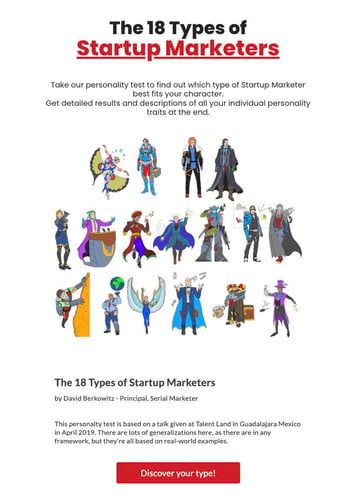101 Blog Post Ideas to Refresh Your Content Marketing Strategy
When you have an active website, consistently coming up with blog ideas can be a challenge. So, what do you do when it feels like you’ve written about everything under the sun?

When you have an active website, consistently coming up with blog ideas can be a challenge. So, what do you do when it feels like you’ve written about everything under the sun? Even the most seasoned marketers could use an occasional brainstorming boost. If you need inspiration, here are 101 of the best blog post ideas for your content marketing strategy. Table of Contents Multimedia blog posts focus on using a piece of media — whether that’s a video, a podcast, or a graphic — to tell a story or share information. The key to success with this type of blog post is to make it shareable. Whichever multimedia element you choose to include, make sure it’s original and branded so that when it gets shared, people will connect it back to your company. 1. Write a listicle blog post using GIFs that your readers can relate to. 2. Create an interactive quiz, such as “Which type of marketer are you?” or “How well do you know [insert topic]?” 3. Recap your latest company event with photos and/or videos. 4. Share a video product demo. 5. Create a branded graphic that demonstrates your process or strategy. 6. Make a video that highlights your industry and write a post about it. 7. Start a podcast and transcribe each episode into blog posts. 8. Record an interview with a customer and conduct a corresponding write-up. 9. Upload a photo diary of how your company celebrates culture. 10. Create an infographic about industry best practices or trends. Data-driven blog posts rely on data and industry insights to make a point. While this information can be sourced from other brands or industry reports, using original data to demonstrate your company’s role in the space can result in more unique blog posts. 11. “We Asked X Experts About [insert topic]; Here Are Their Best Tips.” 12. Survey industry professionals to gather data on their challenges/processes/tools/best practices, and share the results in a blog post. 13. Make an infographic about your analytics and break down the pros and cons of each. 14. Research the most important statistics for your industry and compile a comprehensive list. 15. Break down your blog traffic and explain how you generated it for each channel. 16. Share the best apps your team uses to get work done. 17. Make a list of the best tools for your industry. 18. Explain your company’s knowledge base and why it matters. 19. Do an in-depth case study about your customers and examine the results. 20. Research your customers’ favorite products and share the results. 21. “Here Are X Stats Every [Role] Should Know.” If you are part of a niche or local community, then these blog ideas are for you. Community engagement topics are a way to spotlight key players doing great things in an effort to boost company culture, brand loyalty, or employee morale. 22. Spotlight local leaders or companies in your field. 23. Interview a local business owner. 24. Create a survey about your area’s business ecosystem and share the key findings. 25. Highlight user-generated content. 26. Spotlight a client and share a story about their business. 27. Share real-life examples of your product use cases. 28. Spotlight employee stories to inspire your audience. 29. Ask for guest posts from community members. 30. Run a product or service giveaway for readers. 31. Throw a community-based event and recap it on the blog. A common blog post category for B2B and B2C companies that want to improve their SEO is how-to posts. These types of blog posts explain how to do something or answer a question readers are searching for. To get more insight into what questions or topics your customers are searching for online, look up a search term relevant to your blog and look at the “People Also Ask” section of the search results. You can then use these questions to help guide your blog strategy. 32. A list of “musts” for a career in your field. 33. Interview an industry heavy-hitter about their tips for businesses. 34. Post a series on how to land a job in [your industry]. 35. Write a roundup about “X Things I Wish I Knew When I First Started.” 36. How to gain the right skill set to advance in your career. 37. The hardest part of your job — and how you tackle that. 38. Tips to handle burnout. 39. Write an ultimate guide. 40. Create pillar pages, or topic pages that link to a variety of other articles on the same subject. 41. Bust common myths about your field. 42. Demo how to use a specific social media channel. 43. Write about how to properly research and collect data for reports. 44. Recommend the best tools for completing daily tasks related to your product or industry. 45. Share the benefits of a current trend your company has mastered. 46. Answer the top questions people have about your industry. 47. Break down how to write a blog post using your own blog as an example. Your company’s blog is just one channel for your marketing strategy. For blog ideas that focus on multichannel integration, the key is to share the marketing methods you use on your other channels like email and social media. 48. Discuss top social media trends. 49. Explain how your most recent Instagram Live session engaged your audience. 50. Rank the top-performing social media channels for your brand. 51. Dive into a social network's latest update. 52. Explain how you use Instagram Reels to grow your engagement. 53. Spotlight a brand killing it among multiple social channels. 54. Share the best Twitter threads you’ve seen about your industry. 55. Share a breakdown of your best-performing email campaign and why it worked. 56. Discuss how your brand uses LinkedIn to connect with your community. 57. Share your top social media analytics services and explain why they’re great. 58. Break down the most important email marketing metrics using examples from your own email campaigns. 59. Explain how video channels like YouTube or TikTok can be an asset to your business. 60. Take a stance on a recent blog post from your favorite news-sharing site. 61. Round up recent news in your industry. 62. Share snippets from your company’s ebook in a roundup. Thought leadership content is used to demonstrate your company’s expertise in a certain topic or industry. These types of blog posts should establish credibility and position your brand as a trusted resource with a unique perspective. 63. Describe what your mission statement means to you. 64. Dive into how a company boosted its blog traffic exponentially. 65. Break down what an ideal company culture would look like. 66. Write about ways your company is focusing on diversity and inclusion. 67. Based on trends from the past year, what are your predictions for the industry’s future? 68. Come up with a list of company outings for remote teams/employees. 69. Describe how your team combats burnout and provide helpful tips to avoid it. 70. Create a list of industry trends to keep an eye on. 71. Compare and contrast different topics about marketing, business, or your industry, such as different types of advertising. 72. Post a recap of breaking industry news. While almost everything on your blog is considered content marketing, these specific types of blog posts help market your company by giving readers a glimpse into your product, processes, and team. 73. Develop a blog post series dedicated to your company’s FAQs. 74. Invite an industry leader to contribute their expertise as a guest blogger. 75. Curate an office playlist and share the tracklist. 76. Profile a team member to showcase the company culture. 77. Interview a customer and share their results. 78. Repurpose a case study into a blog post. 79. Repurpose a white paper or guide into a blog post series. 80. Write about your day-to-day workflow. 81. Have your team share their favorite ways to use your product. 82. Share key takeaways from a recent industry conference you or your team attended. 83. Explain the ways content marketing has helped your company meet its business goals. 84. Post a “Year-in-Review” about lessons learned throughout the year and how to apply them to the year ahead. 85. A roundup of your most popular blog posts. 86. A roundup of ways your team conducts successful content marketing. Who says your blog has to be buttoned up all the time? Show off your brand’s personality with these fun blog post ideas. 87. Share photos or videos from your team’s recent travels. 88. Curate a list of quotes. 89. Give an office tour. 90. List of books that inspire professionals in your industry. 91. “What has changed about our workflow habits over the years?” 92. Compile a list of weekly/monthly aspirations. 93. Break down your favorite historic moment in your industry. 94. Embrace popular holidays and make a themed post about them. 95. Explain common acronyms in your workplace or industry. 96. Start a series where remote team members share their daily work routines. 97. Give a short history of your company. 98. A peer-curated list of hobbies outside of work. 99. Share highlights from a recent industry conference you or your team attended. 100. Examine a recent movie trailer and how its marketing should be noted. 101. Come up with a staff bonding event and recap how it went. It’s easy to get wrapped up in the day-to-day of your industry, which means it’s also easy to run into the same types of blog posts. Blogs are important for SEO and lead generation, so picking the “right” topics is a crucial step in marketing planning. Editor's note: This post was originally published prior to 2017 and has been updated for comprehensiveness.
Blog Post Ideas
Multimedia Blog Post Ideas

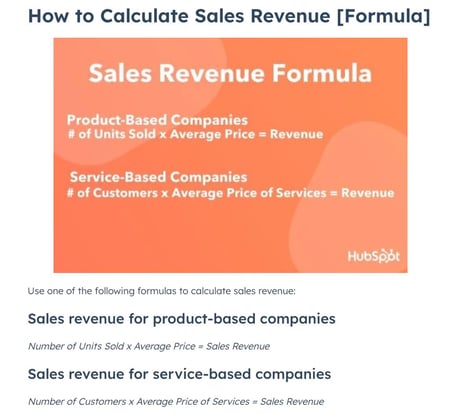
Data-Driven Blog Post Ideas
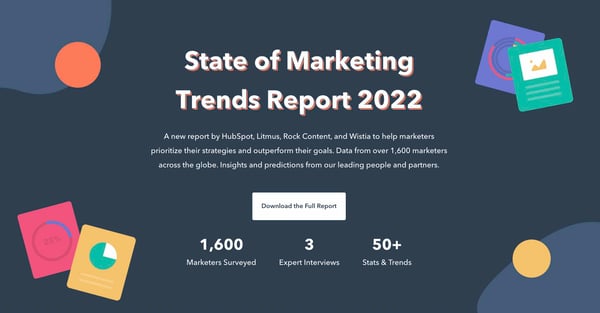
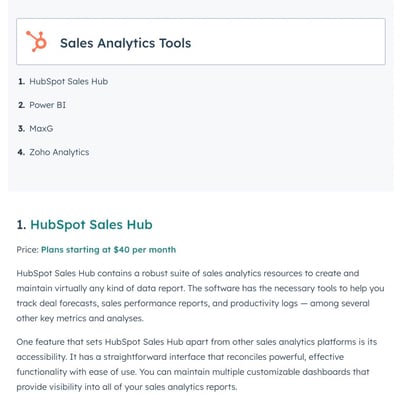
Community Engagement Blog Post Ideas

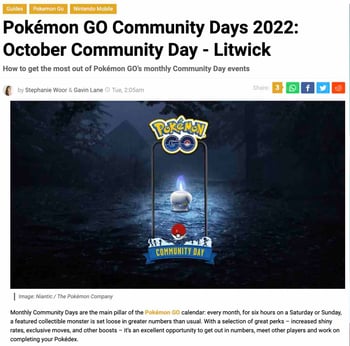
Instructional (Guides and How-to) Blog Post Ideas
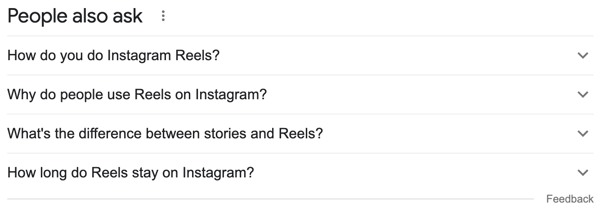

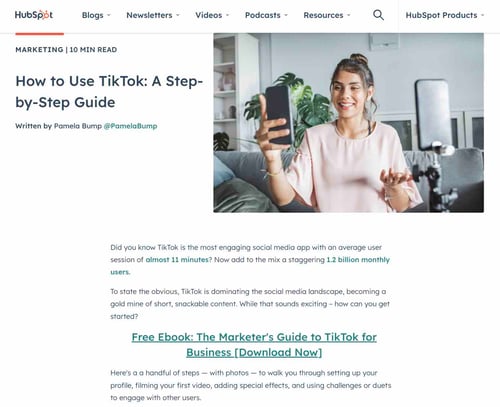
Multichannel Integration Blog Post Ideas


Thought Leadership Blog Post Ideas
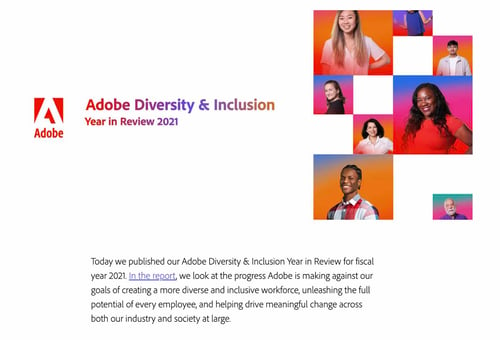

Content Marketing Blog Post Ideas
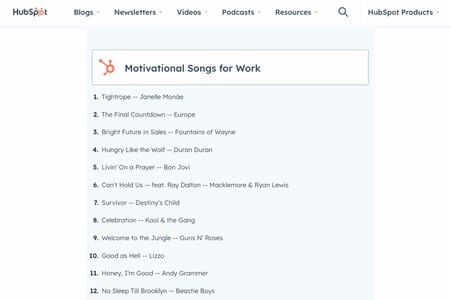
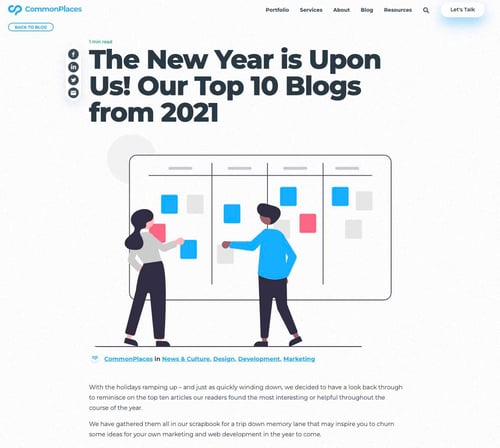
Miscellaneous/Fun Blog Post Ideas
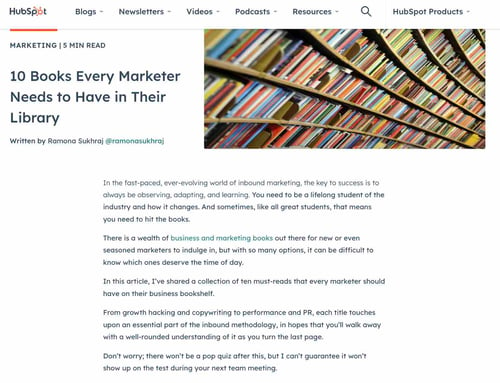
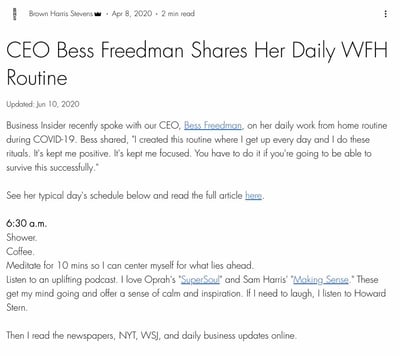

 JaneWalter
JaneWalter 
